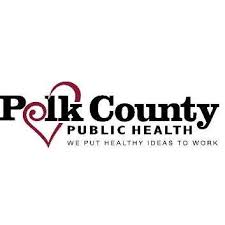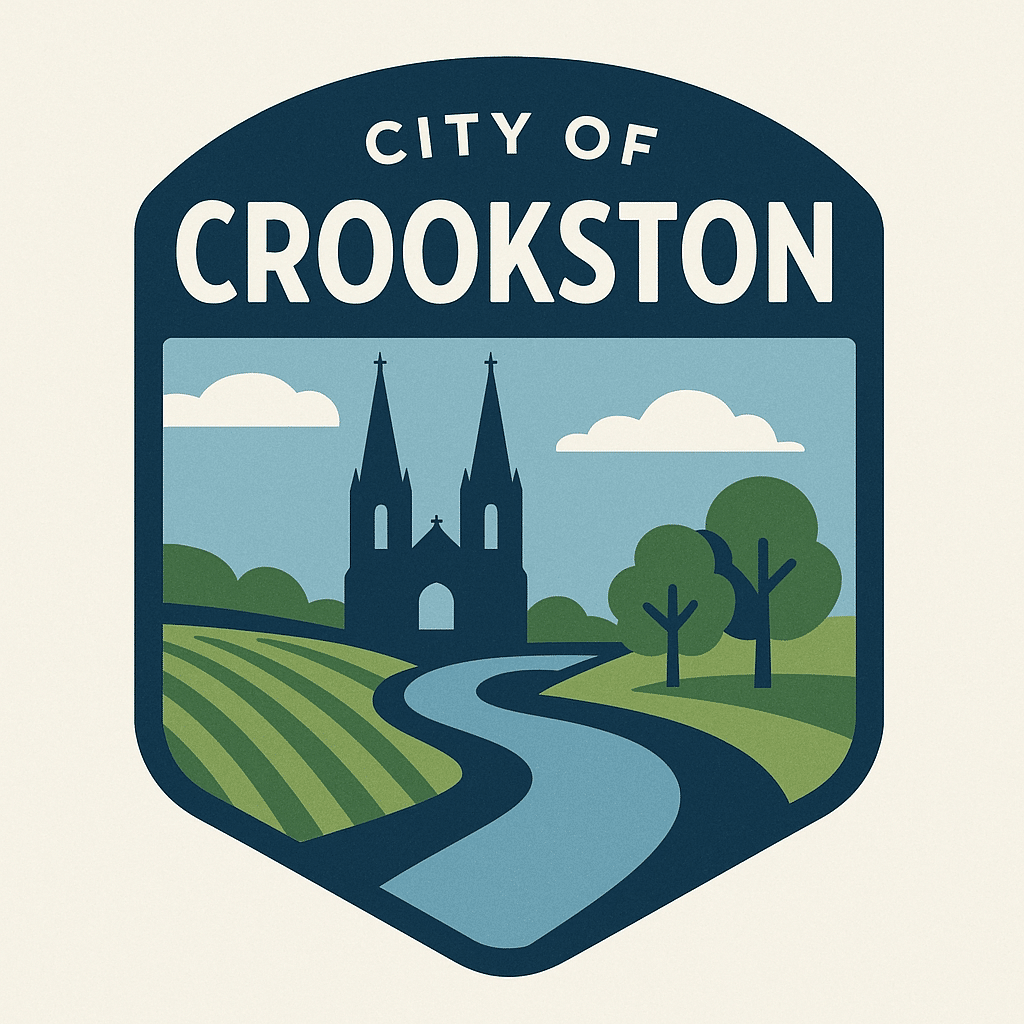Keeping up with the rapidly changing information about COVID-19 is hard. Public Health is here to provide you accurate, up-to-date information regarding our most commonly asked questions related to COVID-19. If you have further questions that you would like Public Health to address, please visit us on one of our social media platforms.
Who needs to Isolate?
People who have symptoms of COVID-19, who are waiting for test results, or who have tested positive for COVID-19 should stay home and isolate. They should not go to work, school, or any other place outside the home. They should stay home until all three of these things are true:
- It has been 10 days since your symptoms first started; AND
- You have been fever-free for 24 hours, without using fever-reducing medicine; AND
- Your symptoms of COVID-19 are improving.
Who needs to Quarantine?
Quarantine is for those exposed to COVID-19 because they were in close contact with someone who was infected. A close contact is someone that has been within 6 feet of a person with COVID-19 for a total of 15 cumulative minutes per 24 hours during their infectious period. The infectious period starts two days before symptoms began or the testing date if they do not have symptoms and ends when the individual with COVID-19 ends isolation. These people may or may not get sick. Recently, the CDC and MDH adopted new quarantine guidelines for specific situations. A 14-day quarantine is still the safest and recommended for household exposures, those living or working in a congregated living setting, or those who work in healthcare.
If you have had close contact with an infectious person and meet the following criteria, you may be eligible to shorten your quarantine from 14 days to 10 days from the last day of exposure. This shortened timeframe may apply if you are:
- Not a close contact of a household member
- Do not work/live in a congregated living setting (homeless shelters, corrections, treatment facilities, long-term care) or a healthcare setting
- Do not have symptoms of COVID-19, nor have tested positive within the past 10 days.
Quarantine may be shortened to 7 days past the last day of exposure if:
- all the above criteria are met; AND
- you have received a negative PCR test collected at least 5 days from the last day of exposure.
Why are these tests different? Molecular (i.e. PCR), Antigen, and Antibody Test?
Molecular and Antigen tests show current infection with COVID-19. There are some distinct differences:
- Molecular tests such as RT-PCR detect the virus’s genetic material. These tests are considered the “gold standard” and the most accurate. Collected by nasal, throat, or saliva sample.
- Antigen tests detect the special proteins from the virus. They are recommended for symptomatic individuals. If negative, a molecular test is recommended. Collected by nasal or throat sample.
Antibody tests look for antibodies in your blood, which may tell you if you had a past infection with the virus that causes COVID-19. Antibody tests are not used to see if you are currently infected with COVID-19. At this time, researchers do not know if the presence of antibodies means that you are protected/immune to COVID-19. It is recommended to continue to take steps to protect yourself and others.
Will public health be contacting me if I am deemed a “close contact”?
No. We are asking positive individuals to self-notify their close contacts and their employers.
When should I get tested if I was exposed to someone with COVID-19?
Close contacts are encouraged to get tested 5-7 days after the last day of exposure.
If my college student tests positive for COVID-19 while at college, will it show up as a case for Norman, Mahnomen, or Polk Counties?
No. this case will be counted in the state and/or county they reside in during college unless they live at home in Norman, Mahnomen, or Polk County.
Can I have the flu and COVID-19 at the same time?
According to the CDC, it is possible to have the flu, other respiratory illnesses, and COVID-19 at the same time. Health experts are still studying how common this is. Some of the symptoms of flu and COVID-19 are similar, making it hard to tell the difference using symptoms alone. It’s not too late to get your flu shot!
Together We Can, find the answers!
Public Health is here to provide you the most accurate, up-to-date, rapidly changing information about COVID-19. Please follow us on social media sites for daily education topics and weekly situational updates.
Visit the Polk County Coronavirus Response Hub (https://coronavirus-response-pcg.hub.arcgis.com/ ), the Norman County COVID-19 website (https://www.co.norman.mn.us/departments/public_health/covid-19.php), the Minnesota Department of Health (https://www.health.state.mn.us/ ) and Centers for Disease Control and Prevention (https://www.cdc.gov/ ) websites for more COVID-19 information.




